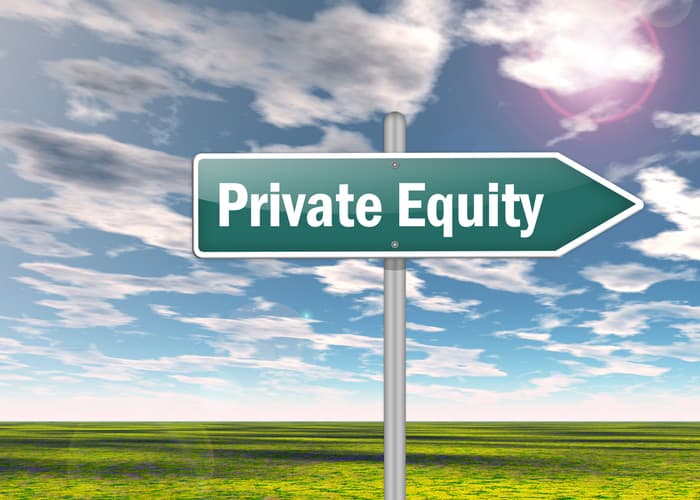A new HBR paper, “Private Equity Should Take the Lead in Sustainability” by Robert Eccles, Vinay Shandal, David Young and Benedicte Montgomery argues how – and why – the private equity must lead on integrating sustainability.
Private equity has grown so large that society’s most urgent challenges can’t be addressed without the industry’s active participation in the sustainability movement. Having interviewed a large sample of executives who run PE firms and the asset owners that fund them, the authors offer recommendations for how private equity can emerge as a leader in the ESG field to benefit the wider world as well as its own long-term performance.
Although the G in “environmental, social, and governance” has been important in the PE industry from the outset, the E and the S have been virtually non-existent. The industry has been content to seek returns with little concern for the long-term sustainability of portfolio companies or their wider impact on society.
Because the industry is now so large, society won’t be able to tackle climate change and other major challenges without the active participation of private equity firms and their portfolio companies. And unless those challenges are addressed, the PE industry, along with all other economic activity, will fail to thrive, the authors write.
Control to drive change
Private equity’s business model gives it clear advantages over investors in public equities when it comes to implementing a sustainability agenda. A PE firm has virtual control of its portfolio companies from an ownership and governance perspective, even when it doesn’t own 100 per cent of a company. It has one or more representatives on the board and a strong influence on who else serves. It has access to any information it wants about both financial and sustainability performance—whereas investors in public companies see only what the company reports. Finally, the firm determines executive compensation and can fire a CEO who is not delivering.
PE-owned companies operate on a longer time horizon than publicly traded companies do, further facilitating a focus on ESG. The average holding period for portfolio companies has increased from about two years in the industry’s early days to about five today, which gives a GP and its handpicked CEOs ample time to make investments without the glare of quarterly earnings calls, says the paper.
Three forces
Three forces are pushing ESG in the industry. First, ESG is becoming more important to limited partners and their beneficiaries. The largest asset owners—among them pension and sovereign wealth funds—are increasingly concerned about the system-level effects of climate change and inequality. A recent survey of LPs by INSEAD’s Global Private Equity Initiative found that 90 per cent of them factor ESG into their investment decisions and 77 per cent use it as a criterion in selecting general partners.
The second force pushing ESG in the industry derives from the belief of many LPs and GPs that it will be essential if private equity is to continue delivering its historically high returns. The third force is portfolio companies’ increasing recognition of the importance of ESG issues. The reasons are unsurprising: a changing zeitgeist reflected in the preferences of employees and customers; growing awareness of the significance of climate change; social expectations regarding diversity, equity, and inclusion; pressure from large public companies to which the portfolio companies are suppliers; awareness of the sustainability focus in publicly listed companies; opportunities to boost their own value through sustainability; and increasing regulation.
Leaders
What are the leaders in ESG doing differently? They are becoming more sophisticated in three ways: (1) integrating ESG factors in due diligence, onboarding, holding periods, and exit strategies; (2) increasing transparency in the reporting of sustainability performance; and (3) assessing and improving the ESG capabilities of portfolio companies.
Each target or portfolio company’s performance is assessed on the critical ESG issues that will affect value creation. That means moving from a short “risk and compliance” checklist in the due diligence phase (to screen out any obvious problems that could have financial consequences) to a sophisticated analysis of how well a portfolio company understands and is managing the ESG issues material to its business.
The private-equity business model puts general partners in a good position to help portfolio companies improve their ESG integration and reporting practices in a number of ways. These include identifying relevant issues and best practices for dealing with them, providing measurement and reporting tools, benchmarking against other portfolio companies, offering access to internal and external experts, and monitoring regulatory developments.
Some GPs have developed methodologies for assessing the degree of ESG sophistication in potential portfolio companies and helping them improve practice.
Firms can adopt a mechanism for simplifying and harmonizing ESG data reported by their portfolio companies to GPs and by GPs to LPs. Every general partner where we interviewed had a bespoke set of KPIs and a methodology for collecting, analyzing, and reporting data, and all agreed that some degree of standardization would be useful. Portfolio companies with multiple GPs face multiple data requests. Similarly, GPs receive wide-ranging and differing data requests from their LPs. Make net-zero commitments.
Given the size of this asset class, the PE industry needs to make the kind of commitment to “net zero by 2050” that all financial institutions under the umbrella of the Glasgow Financial Alliance for Net Zero are making. The industry also needs to improve its track record with DEI. Today private equity is still predominantly white and male, particularly on deal teams. Evidence continues to mount that a more-diverse workforce leads to better performance. Lastly, the authors write how the PE industry needs to directly confront the fact that the tremendous wealth it has created has been unevenly distributed. LPs, GPs, and the top executives of portfolio companies have benefited to a much greater degree than other employees of those companies.


